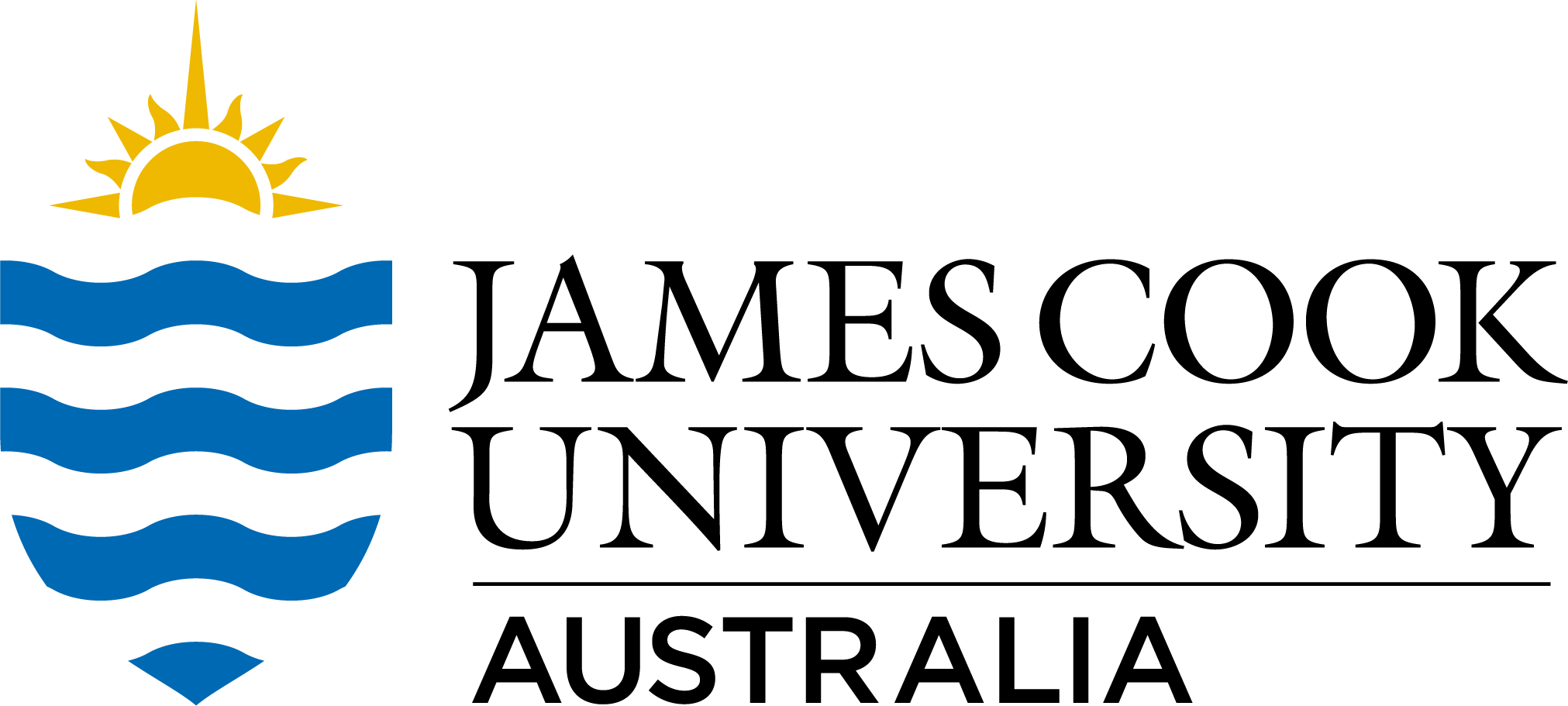Full description
The runoff of pesticides (insecticides, herbicides and fungicides) from agricultural lands is a key concern for the health of the iconic Great Barrier Reef, Australia. Relatively low levels of herbicide residues can reduce the productivity of marine plants and corals. However, the risk of these residues to Great Barrier Reef ecosystems has been poorly quantified due to a lack of large-scale datasets. Here we present results of a study tracing pesticide residues from rivers and creeks in three catchment regions to the adjacent marine environment. Several pesticides (mainly herbicides) were detected in both freshwater and coastal marine waters and were attributed to specific land uses in the catchment. Elevated herbicide concentrations were particularly associated with sugar cane cultivation in the adjacent catchment. We demonstrate that herbicides reach the Great Barrier Reef lagoon and may disturb sensitive marine ecosystems already affected by other pressures such as climate change.
Created: 2011-12-09
Data time period: 2008 to 2009
User Contributed Tags
Login to tag this record with meaningful keywords to make it easier to discover
- Local : researchdata.jcu.edu.au//published/6a9e901bfd4a43308cd5383d2e7c1601
- Local : jcu.edu.au/tdh/collection/5e71a090-8343-4979-b0b9-1cc292e51fe4
- Local : 88aa3dac255fccb4ce837158ea8029a0


